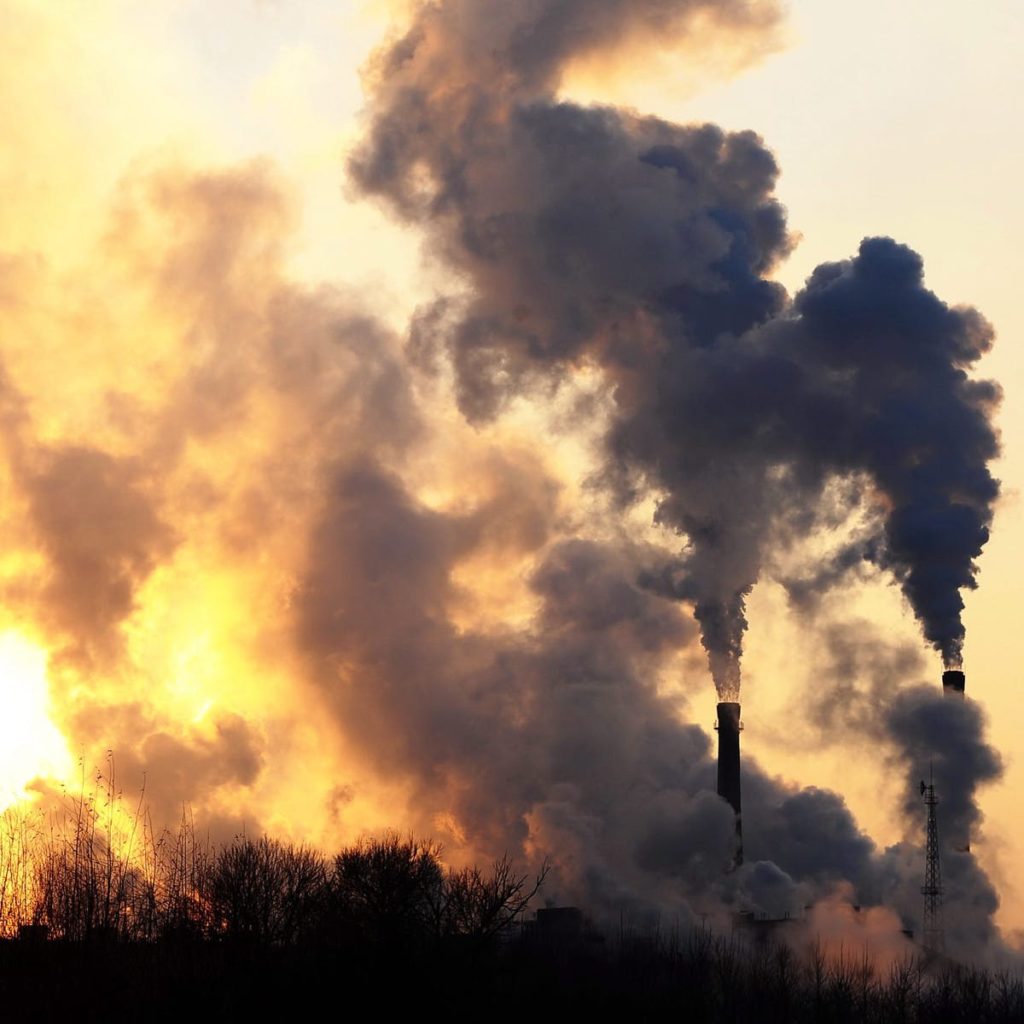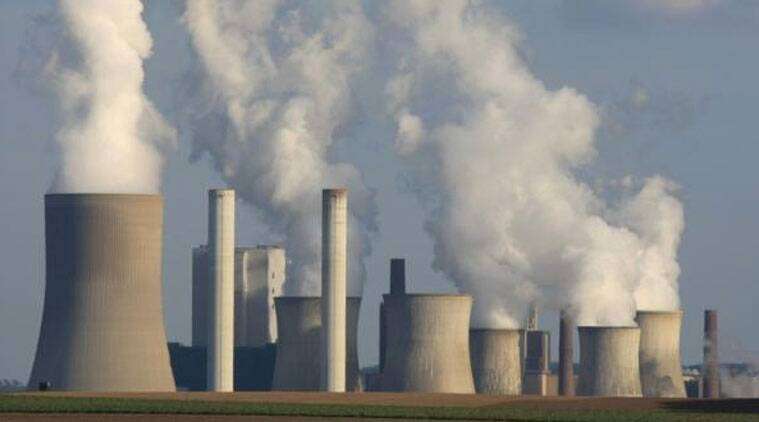With current governments’ commitment and forecasted technology trends, global warming is projected to exceed 1.7 degrees Celsius by 2100, while reaching a 1.5 degree Celsius pathway is increasingly challenging, according to a new report by McKinsey & Company.
The company projects a rapid shift in the global energy mix in the coming decade, with the share of renewables in global power generation expected to double in the next 15 years while total fossil fuel demand is projected to peak before 2030 depending on the scenario.
“Future growth in energy investments will almost entirely be driven by renewables and decarbonization technologies. Despite net-zero commitments from governments and corporations, an 85% renewable power system by 2050, and the rapid update of EVs and decarbonization technologies, global warming is projected to exceed 1.7 degrees.”
McKinsey&Company
McKinsey’s data show that renewables are projected to grow three times by 2050, accounting for 50 per cent of power generation globally already by 2030 and 80-90 per cent by 2050.
The report underscores that going forward, the global energy mix will see a shift towards low-carbon solutions, with particularly strong role for hydrogen and synthetic fuels (synfuels).

Hydrogen demand is projected to grow 4-6 times by 2050, driven primarily by road transport, maritime, and aviation, while hydrogen and hydrogen-derived synfuels are expected to account for 10 per cent of global final energy consumption by 2050.
“This year’s Global Energy Perspective launches when global energy markets are facing an unprecedented array of uncertainties, including the conflict in Ukraine. Nonetheless, the long-term transition to low-carbon energy systems continues to see strong momentum and, in several respects, acceleration.”
MacKinsey&Company
Technological Developments Halve cost of Renewables
Regarding solar, McKinsey said that technological developments and supply chain optimization have collectively halved its cost, while wind costs have also fallen by almost one-third.
“As a result, 61% of new renewable capacity installation is already priced lower than fossil fuel alternatives. Battery costs have also fallen by nearly half in the past four years,” the dossier states.
Global oil demand, on the other hand, is projected to peak in the next three to five years, driven largely by electronic vehicles (EVs) uptake- a development that is already underway. According to the report, coal demand peaked in 2013 and, after a temporary rebound in 2021, is projected to continue its downward trajectory.
Similarly, the report highlights that by 2035, gas demand will grow by another 10-20 per cent compared to current growth trends; after 2035 gas demand will likely be subject to larger uncertainties. This is driven specially by the interplay with hydrogen, the report notes.
“To keep the 1.4 degrees Pathway in sight the global energy system may need to accelerate its transformation significantly, shifting away from fossil fuels toward efficiency, electrification, and new fuels, quicker than even the announced net-zero commitments.”
McKinsey&Company
Indeed, this will require investments which are projected to double by 2035 to reach $1.5 trillion to $1.6 trillion almost all growth is expected to come from decarbonisation technologies and power, which will by 2050 exceed today’s total energy investments.
READ ALSO: World Bank Supports Ghana’s Digital Transformation Agenda with $200m



















